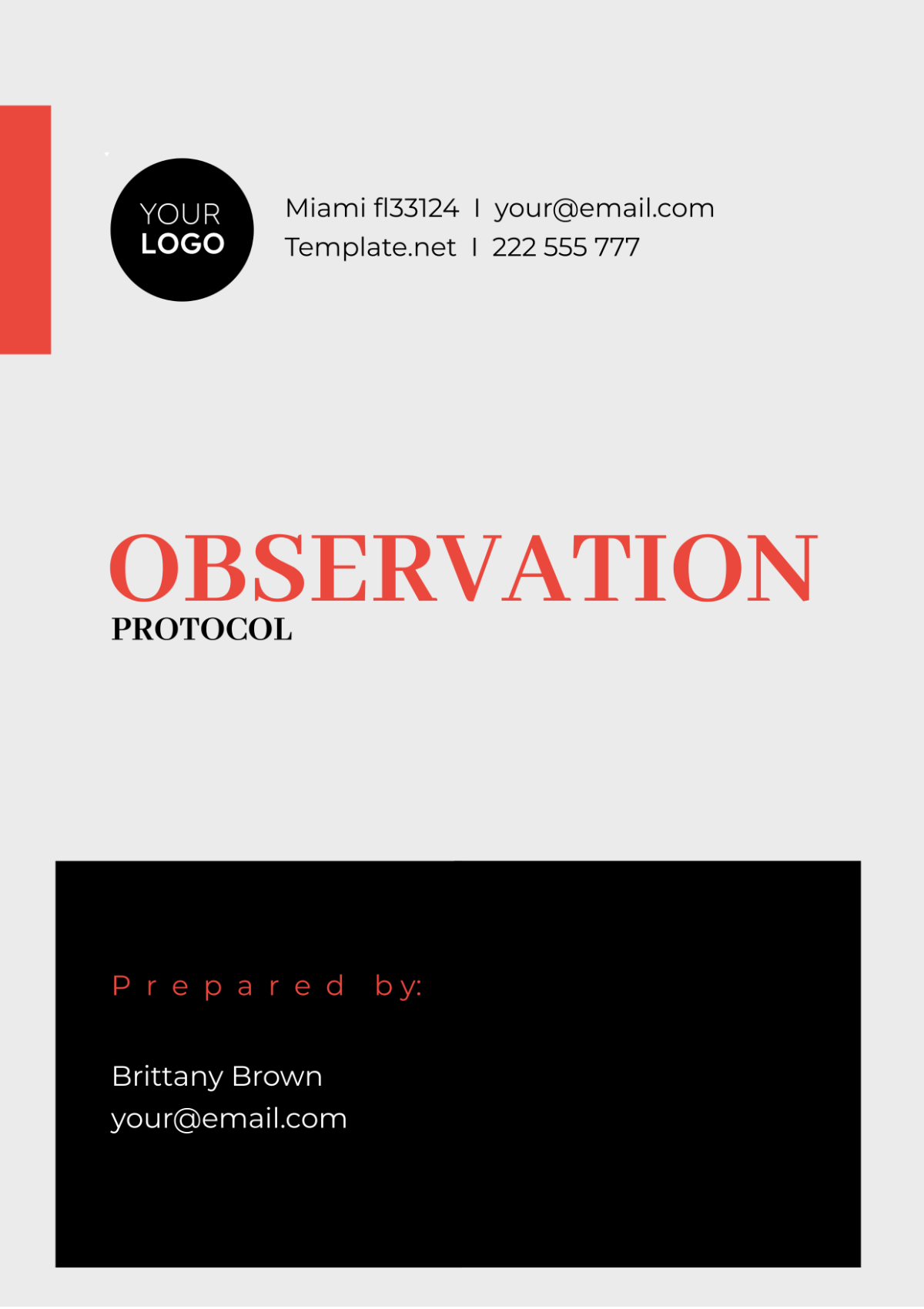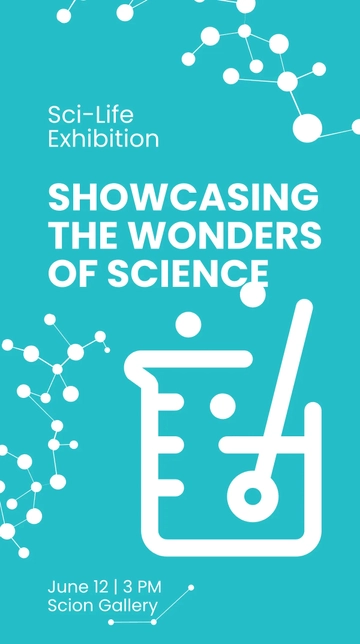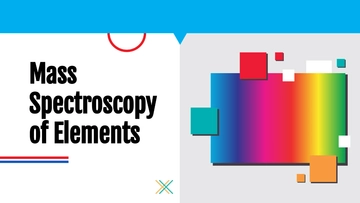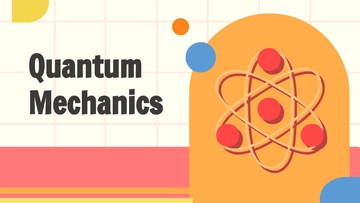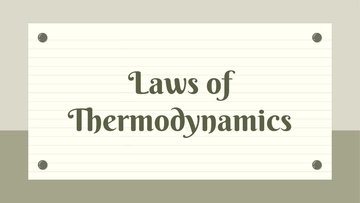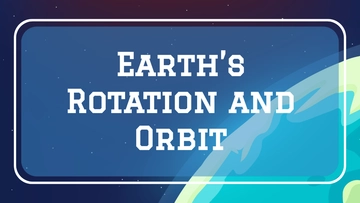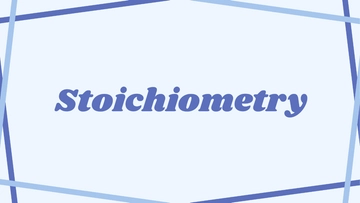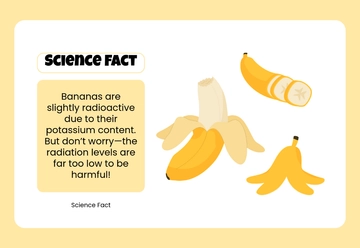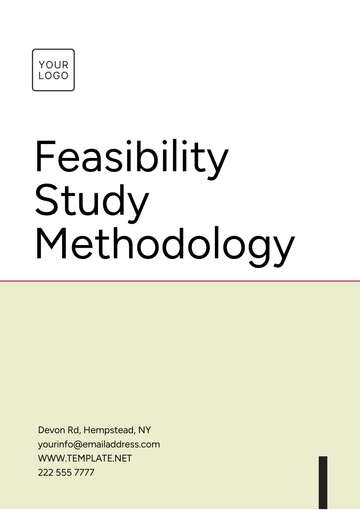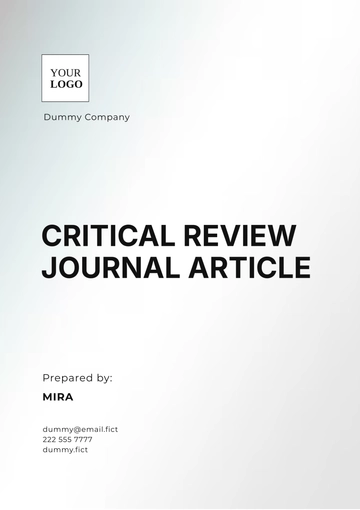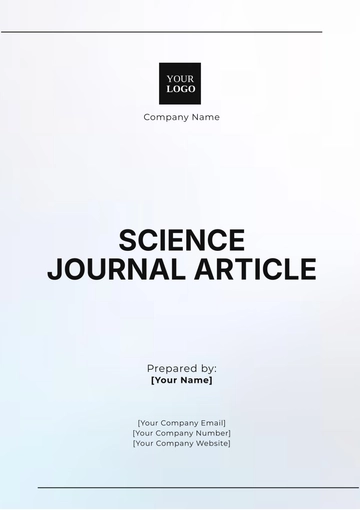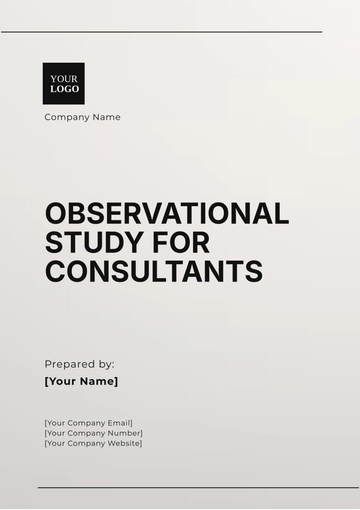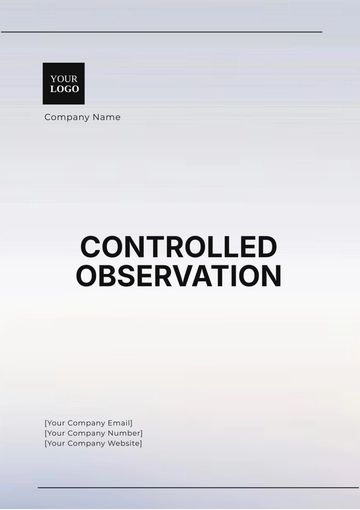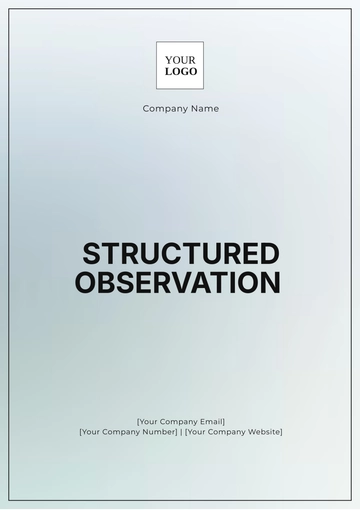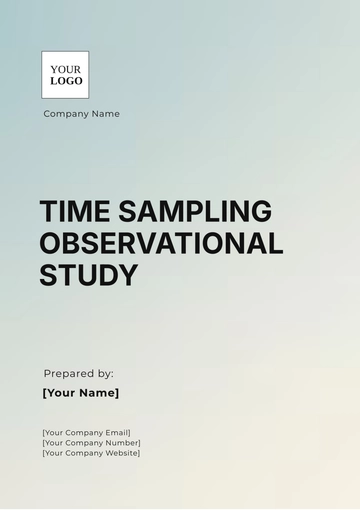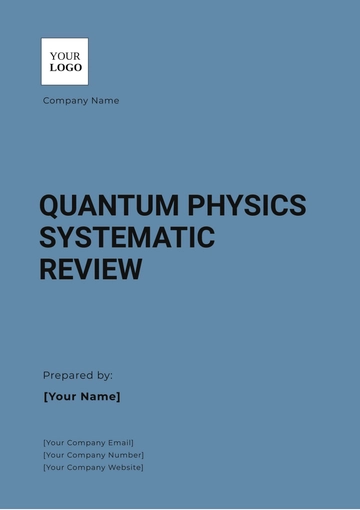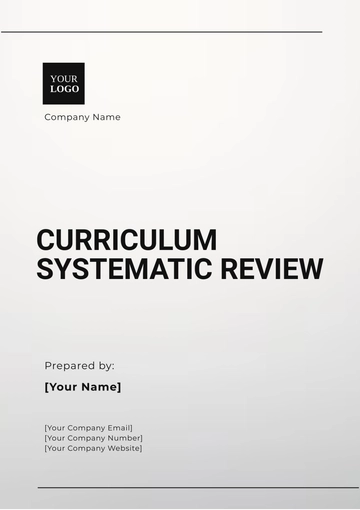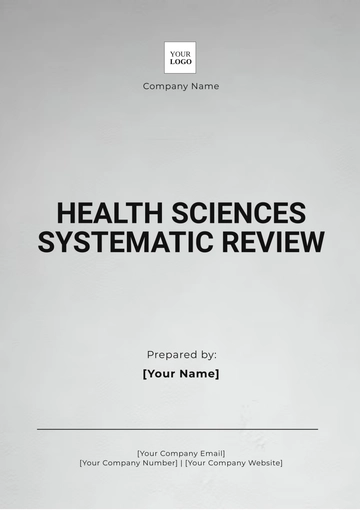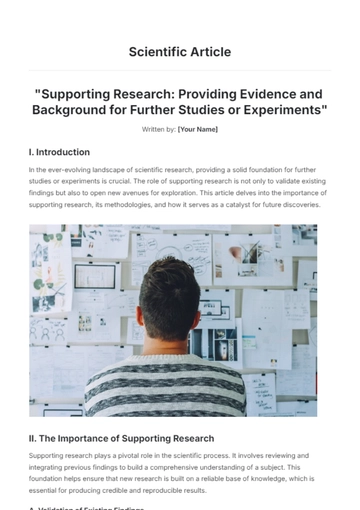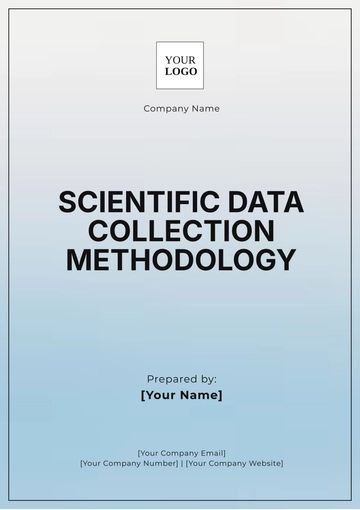OBSERVATION PROTOCOL
I. Objectives
The main objective of this protocol is to provide a clear, consistent procedure for performing observations within [YOUR COMPANY NAME]. This will allow employees to correctly perform their tasks and follow the standards set by the company. In using this protocol, [YOUR NAME] aims to ensure that all observation activities are executed systematically.
Another primary aim of this protocol is to enhance the overall efficiency of operations within [YOUR DEPARTMENT]. By establishing this protocol, we aim to reduce errors, improve data integrity, and contribute to continuous improvement initiatives within the company.
II. Protocol Overview
This protocol comprises several segments that include procedure, data collection, safety considerations, and expected results. The protocol uses a methodical approach that enables precise implementation and ensures that all activities within your company should be performed under this protocol.
The approach of the protocol has a strategic outline, which has been planned and integrated meticulously, focusing on key elements necessary for maintaining accurate and congruent observations.
III. Procedure
The procedure consists of step-by-step instructions which need to be executed cautiously. The procedure begins with preparation, followed by the observation process, data recording, data review, and conclusion. Ensure to follow the guidelines that have been provided for each stage of the process.
III.I Preparation
Gather all necessary materials and equipment for the experiment.
Set up the experimental area in a safe and controlled environment.
Review the experiment's protocol and safety guidelines thoroughly before proceeding.
III.II Observation Process
Begin the experiment according to the outlined procedure.
Carefully observe and document any changes, reactions, or phenomena occurring during the experiment.
Use appropriate tools, such as microscopes or thermometers, to aid in observations.
Record observations in a detailed and organized manner, including timestamps if necessary.
III.III Data Recording
Record all relevant data obtained from the experiment accurately.
Use appropriate units of measurement and labeling for clarity.
Utilize tables, charts, or graphs as needed to represent data effectively.
Double-check data entries to ensure accuracy and consistency.
III.IV Data Review
Review recorded data to identify patterns, trends, or discrepancies.
Compare experimental results with expected outcomes or hypotheses.
Analyze any unexpected observations or deviations from predicted results.
Consider potential sources of error and evaluate their impact on the experiment's validity.
III.V Conclusion
Summarize the findings of the experiment, including key observations and data trends.
Interpret the results concerning the experiment's objectives and hypotheses.
Discuss the significance of the findings and their implications for further research or real-world applications.
Reflect on the strengths and limitations of the experimental approach and suggest improvements for future studies.
IV. Data Collection
The data collection phase is a critical part of this observation protocol. It involves capturing and documenting all relevant data during the observation process. This information is crucial to providing insights and making important decisions.
Time Stamps: Record the exact time when each observation is made. This helps in analyzing patterns over time and identifying any temporal trends or correlations.
Behavioral Codes: Use a predefined set of codes to categorize observed behaviors. These codes should be comprehensive enough to cover all relevant behaviors and actions, allowing for accurate analysis later.
Environmental Conditions: Document environmental factors such as temperature, lighting conditions, noise levels, and any other factors that could potentially influence the observed behaviors.
Participant Demographics: Collect demographic information about the individuals being observed, including age, gender, occupation, and any other relevant characteristics. This helps in understanding how different demographic factors may impact behavior.
Interactions and Relationships: Note any interactions between individuals and their relationships with others present in the environment. This could include verbal exchanges, body language cues, and social dynamics among participants.
V. Safety Considerations
Safety is a top priority within [YOUR COMPANY NAME]. This protocol incorporates safety considerations, including particular measures. It's important to follow all safety guidelines and regulations mentioned in this protocol to ensure a safe working environment.
Personal Protective Equipment (PPE) Compliance: All employees must adhere to wearing appropriate PPE, including helmets, gloves, safety goggles, and high-visibility vests when working in designated areas. Failure to comply with PPE regulations may result in serious injury.
Equipment Inspection and Maintenance: Regular inspection and maintenance of machinery, tools, and equipment are crucial to prevent accidents and ensure optimal performance. Employees should report any malfunction or damage immediately to the maintenance team to avoid hazardous situations.
Emergency Preparedness and Response: Comprehensive emergency protocols should be in place, including evacuation procedures, first aid training, and fire drills. Employees should be familiar with emergency exits, assembly points, and the operation of firefighting equipment to mitigate risks during unforeseen circumstances.
Chemical Handling and Storage: Proper handling, storage, and disposal of hazardous chemicals are imperative to prevent accidents and environmental contamination. Employees must undergo training on the safe handling procedures of chemicals, use appropriate storage containers, and follow Material Safety Data Sheets (MSDS) guidelines at all times.
Slip, Trip, and Fall Prevention: Regular housekeeping practices should be implemented to keep work areas clean and free from obstructions. Wet floor signage should be used when cleaning or in areas prone to spills. Additionally, proper lighting and non-slip flooring can help reduce the risk of slips, trips, and falls in the workplace.
VI. Expected Results
The expected results after implementing this protocol include increased efficiency due to standardized processes, improved data quality and integrity, and more effective decisions based on better and more reliable observations.
(a) Streamlined operations and standardized processes will lead to increased efficiency across all departments, resulting in faster task completion times and optimized resource utilization.
(b) Implementation of the protocol will ensure improved data quality and integrity through standardized data collection methods and enhanced validation procedures, reducing errors and inconsistencies.
(c) With access to better and more reliable observations derived from the standardized protocol, decision-makers will be equipped to make more informed and effective decisions, leading to improved outcomes and strategic advancements.
(d) Standardized processes will foster better collaboration among team members and departments, facilitating seamless communication and coordination, ultimately leading to enhanced productivity and innovation.
(e) By delivering consistent and reliable results, the implementation of the protocol will enhance stakeholder satisfaction, fostering trust and confidence in the organization's ability to deliver high-quality outputs.
VII. Conclusion
The observation protocol discussed offers a structured system for data and insight collection across different settings. It gives clear instructions and an adaptable format for gathering in-depth, precise observations to support informed decision-making. It's flexible for wide application, and its continued use will improve understanding of complex human behaviors.
Protocol Templates @ Template.net
